To coat or not to coat? That is the first question you might ask when preparing to print a brochure, invitation, catalog, postcard, menu, poster, or other printed piece. Not every project benefits from a coating. For instance, greeting cards that you want to write on will be difficult to sign if they’re coated. A menu, on the other hand, practically cries out for a coating, or else greasy fingerprints or spaghetti sauce ruin its finish. When it comes to print, coating is a popular option.
There are many important reasons why you might want to apply a finish to your printed project. First, it provides protection against moisture, tearing, staining, smudges, smearing, or other blemishes. This is especially critical for items that are handled many times, like business cards, packaging, and brochures. Second, a finish strengthens the paper and makes it more durable. Again, this promotes high-quality longevity, which is key to building your brand. This durability will save you money and keep you in front of customers longer. Third, a coating gives your piece an elevated look, whether it’s a matte finish with understated elegance or a shinier coating that’s all gloss and glam.
When it comes to finishes that cover the entire paper (known as flood finishes, not spot finishes), aqueous and ultraviolet (UV) coatings are the two most popular, for good reason. They both have many benefits, and you can learn about their differences here to see which is best for your next print project.
With an aqueous coating, you can achieve a variety of looks:
· Matte Finish
· Satin Finish
· Soft Touch Finish
· Gloss Finish
This type of coating is especially popular for a number of reasons. It is better for the planet than UV coating or varnish due to its water base. It is also more cost-effective than UV coating and other coatings, since the water-based solvent is more affordable than the UV solvent. Additionally, aqueous coating provides more protection against scratches and scuffs than UV coatings and is also more flexible than hard-drying UV coating, which can crack when creased or folded. In this way aqueous coating is more durable and lasts longer while still maintaining its quality. The water based coating is non-toxic, so it lends itself well to food-safe packaging and printed items like menus. For these reasons, you’ll see aqueous coatings across a variety of printed projects.
Also added as a flood finish to the entire sheet, UV (ultraviolet) coating is another excellent choice for printed pieces. This chemically-based coating contains polyethylene or calcium carbonate. It instantly cures and hardens under an ultraviolet light, creating either a matte, satin, or high gloss finish. In fact, there are a number of specialized UV coatings that create very exciting effects. UV coatings are best known for their glossier finishes, because they’re so shiny that they often appear wet even when dry. In fact, a UV coating produces the highest gloss possible with a finish, which is especially impactful for photography. UV coating is a great choice for some dramatic and interesting pieces.
Related: What is UV Gel Printing?
You have many options for this finish! Whether satin, matte, gloss, or high gloss, you can also use coatings designed for special effects, like the following. Some are great as a flood finish and some work better more sparingly as a spot finish:
· Micro-encapsulated Scented UV: For perfume samples or other unique pieces, this produces a scratch ‘n sniff scent.
· Glitter UV: This coating has reflective particles that make some sparkle magic.
· Phosphorescent UV: For Halloween catalogs or other spooky pieces, this finish emits absorbed light for glow in the dark fun.
· Pearlescent UV: Special pigments produce iridescence for a shimmery look.
· Sandpaper UV: This textured finish uses grainy particles for grittiness.
· Switch UV: Microparticles are suspended for a cool color-changing effect.
· Raised UV: This tantalizing effect builds both texture and dimension, popping images or words physically and visually; also called 3D UV and embossed UV.
Related: Finish Strong: Print Finishing Techniques that Wow.
As we discussed earlier, UV coatings work well for catalogs, brochures, and other printed pieces, both as a flood and spot coating. You cannot beat the shine they create. Along with this sheen, they also produce a super smooth surface with a high quality professional feel. The sheer variety of types also gives designers many intriguing options. Additionally, UV coating is easy to apply and cures instantly, eliminating drying time and allowing printers to move directly to the bindery for any scoring, folding, or cutting to expedite jobs. The long-lasting protection afforded by their coating is excellent, and UV coating is both chemical and water resistant so it protects paper that’s moving through the mail or subject to moisture or other elements. It does not yellow over time, and it provides very high clarity. UV coatings are also solvent free, so they do not produce volatile organic compounds (VOC) fumes that some other coatings do. Which brings us to….
Lencolo produce UV/LED curing raw materials for about a decade, including five main categories.
1, Resins (prepolymers/oligomers)
2, Monomers
3, photoinitiators
4, Various functional additives
Lencolo UV polymers vast application fields including:
1, paints and coatings (PVC floor, wood paints, vacuum plating etc)
2, inks
3, functional films
4, 3D printing
5, nail polish
6. UV adhesives

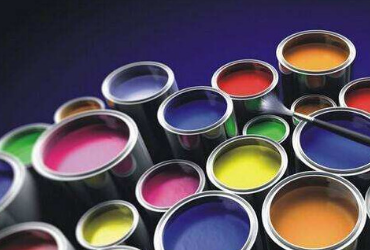
2022-08-03
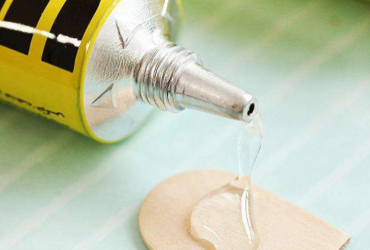
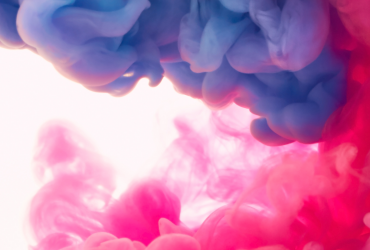
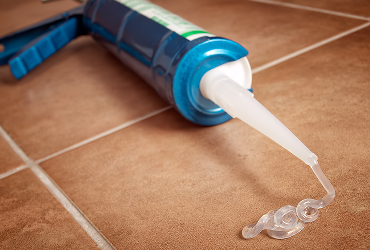
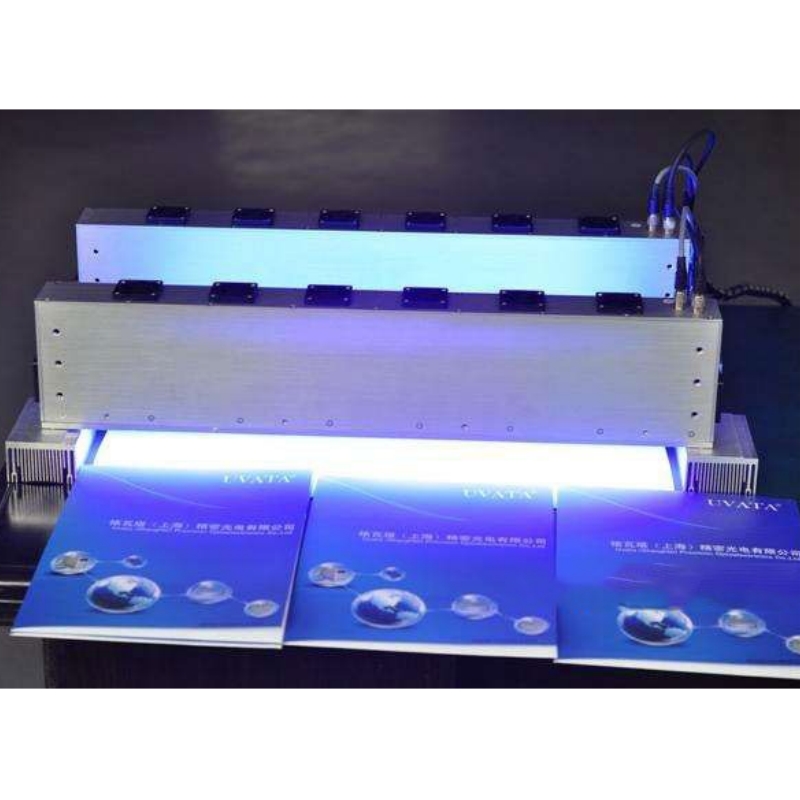
2025-01-06